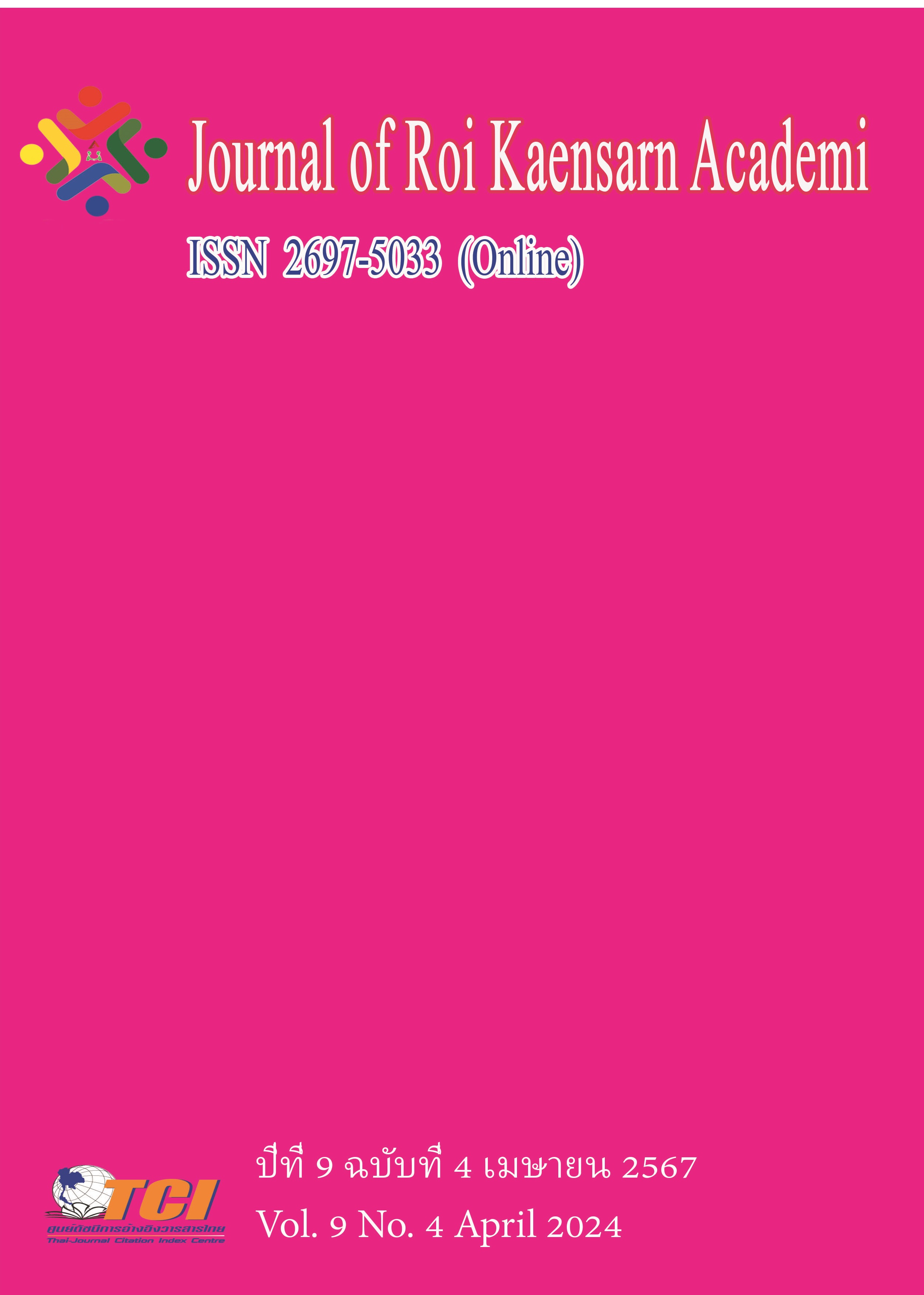Constructing Piano Performance Teaching Guidebook from Traditional Folk Song of Hei long jiang Province for Students Major in Piano Performance at Jiamusi University, The People’s Republic of China
Main Article Content
บทคัดย่อ
The significance of inheriting, protecting and developing the folk songs of Heilongjiang ethnic minorities with the rapid economic development, the cultural traditions of the ethnic minorities have been strongly impacted and even slowly disappearing. The purposes of the study were (1) to study piano performance teaching of Heilongjiang traditional folk songs. (2) To construct the teaching guide of Heilongjiang traditional folk song piano performance for the piano major of Jiamusi University. (3) To experiment the teaching of piano students of Jiamusi University School of Music playing by using "Heilongjiang Traditional Folk Song Piano Performance Teaching Guide". (4) To evaluate the results of teaching by using "Heilongjiang Traditional folk song piano performance teaching Guide".
The research methodology was mixed method which conducted by qualitative research, and quantitative research. The researcher interview 3 key informants and experiment the guidebook with the sample of 27 students majoring in music performance piano, School of Music, Jiamusi University. The research results are as follows. The guide includes an introduction to piano works adapted from Heilongjiang folk songs, as well as detailed explanations of basic exercises, teaching methods, sheet music and teaching plans related to performance courses. The teaching plan of this course is to teach 19 piano works adapted from Heilongjiang folk songs. Each class is divided into four parts for analysis and explanation: background of the work, introduction of the work, analysis of playing skills, and explanation of music style. Each student has a different problem with the assignment, so in the above study, the researchers summarized five teaching methods related to the teaching focus and difficulty. In the course of teaching, different problems can be explained.
Article Details
เอกสารอ้างอิง
Chen, X. (2013). Discussion on the inheritance and protection of the six small ethnic music of Heilongjiang. Popular Literature. (14), 2.
Chen, X. (2018). Cultural characteristics and inheritance strategies of Daur traditional music in Heilongjiang Province. Theoretical Observations. (5), 10-12.
Fu, C. (2012). Exploration of teaching mode of ethnic minority music culture inheritance class in Heilongjiang Province. Art Education. (10), 55.
Gao, M. (2007). Case analysis of traditional folk songs of ethnic minorities in Heilongjiang. Art Research. (1), 57-58
Jin, H. (2014). Analysis of Daur folk songs in Heilongjiang area. Music Time and Space. (16), 92.
Li, M. (2012). Research on tourism development of intangible cultural heritage in Longjiang Province. Industry and Technology Forum. (6), 35-37.
Song, Y. (2010). Comparison of Daur folk songs with other folk songs in the Heilongjiang River Basin. Popular literature. (20), 12+30.
Sun, Y. (2014). Suggestions on the inheritance and development of ethnic minority folk songs in Heilongjiang. Art Education. (7), 53.
Wang, Y. (2016). School music education for the protection and inheritance of traditional music in Heilongjiang. Art Education. (4), 70-71.
Yang, X. (2022). An effective strategy for teaching piano performance in universities in the new era. Drama House. (14), 169-171.
Zhai, Y. (2022). Piano performance and teaching research. Changchun: Jilin Publishing Group Co., Ltd.
Zhao, X. (2010). On the Evolution and Inheritance of Daur Folk Songs in the Heilongjiang River Basin. Academic Exchanges. (5), 176-178.

